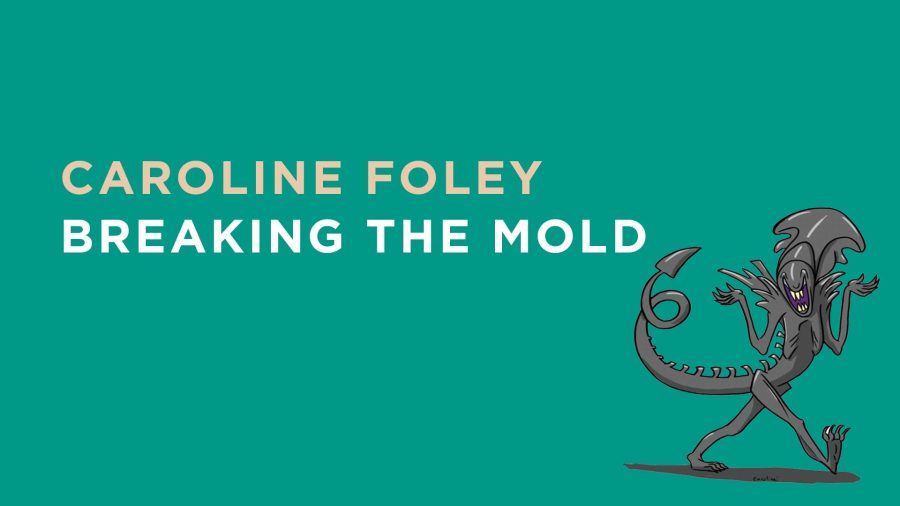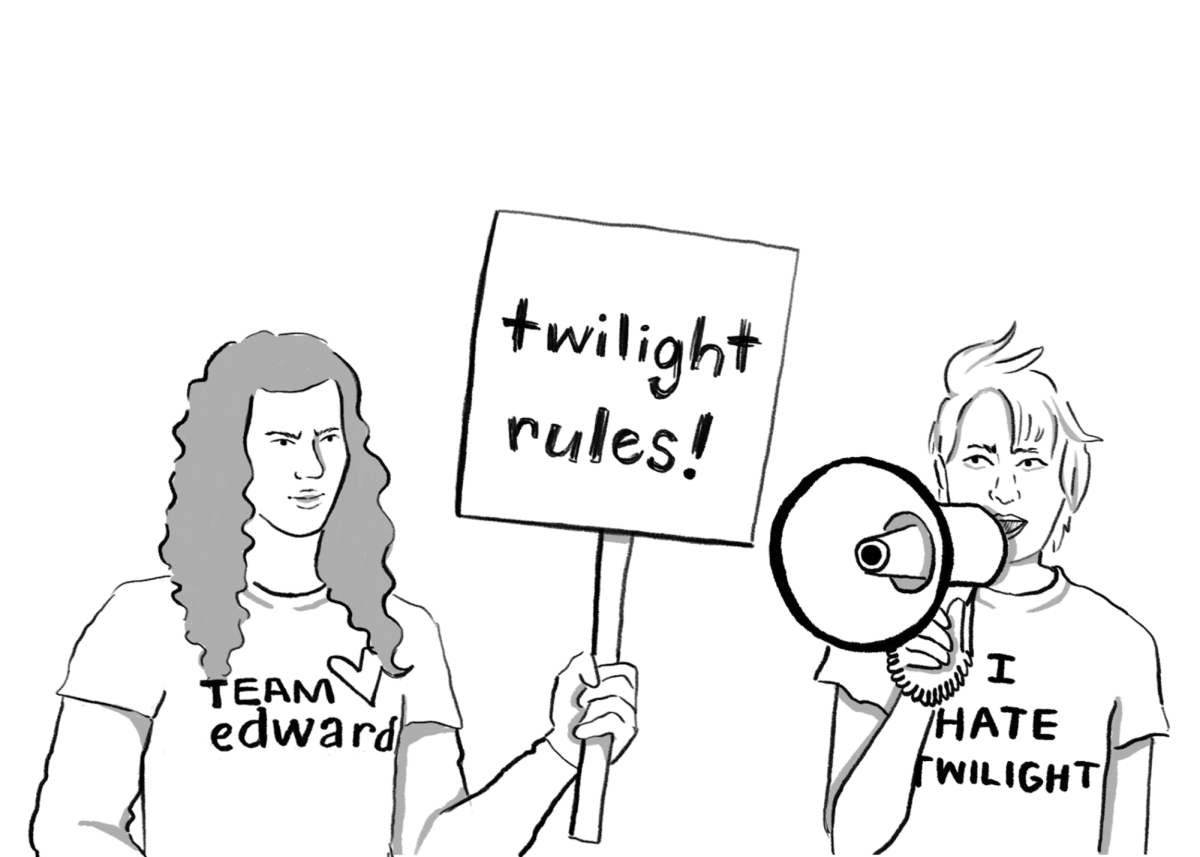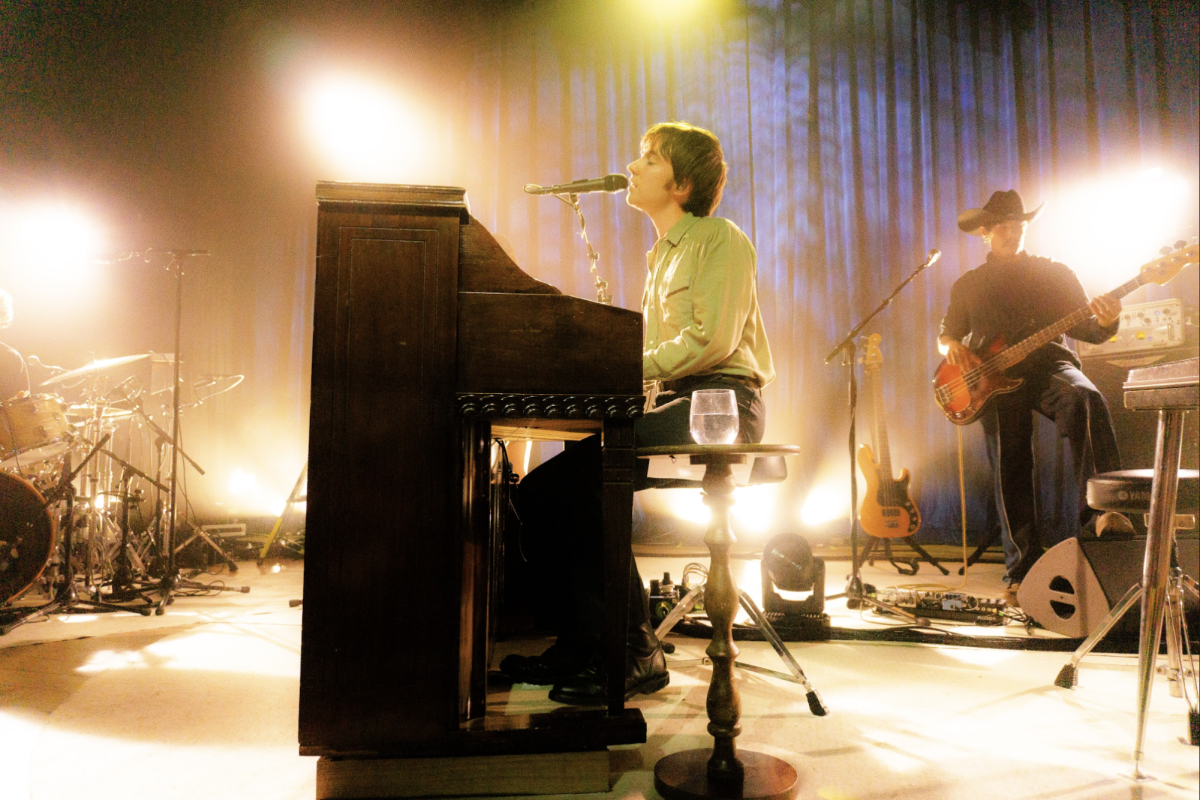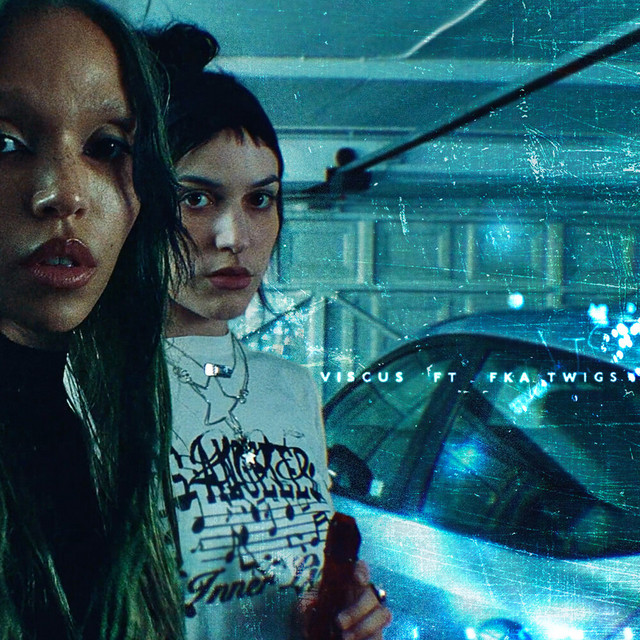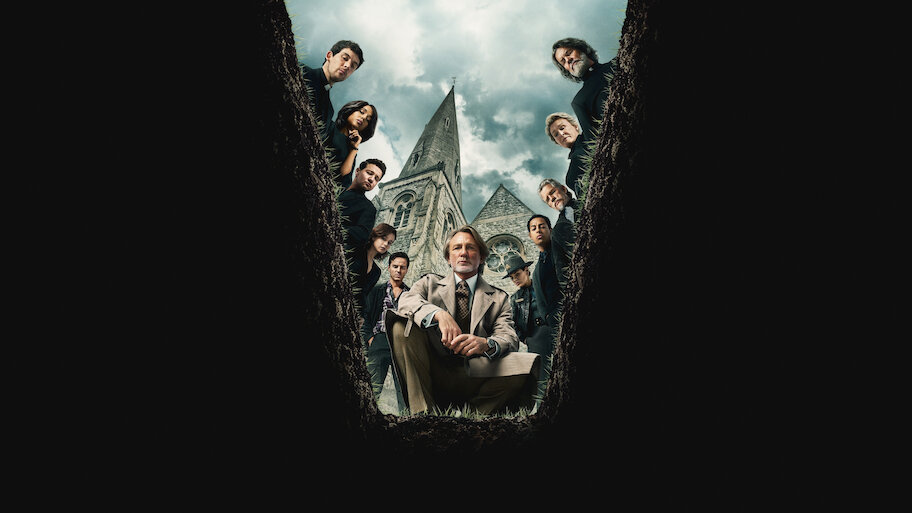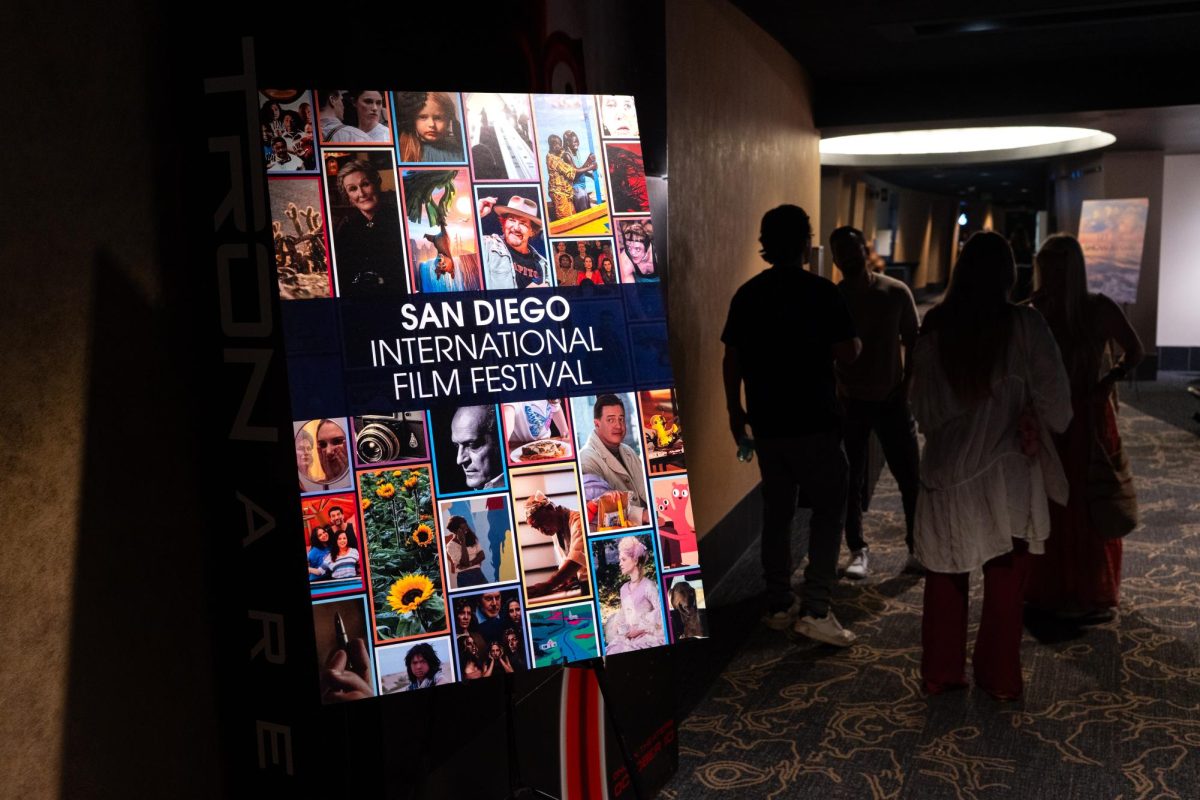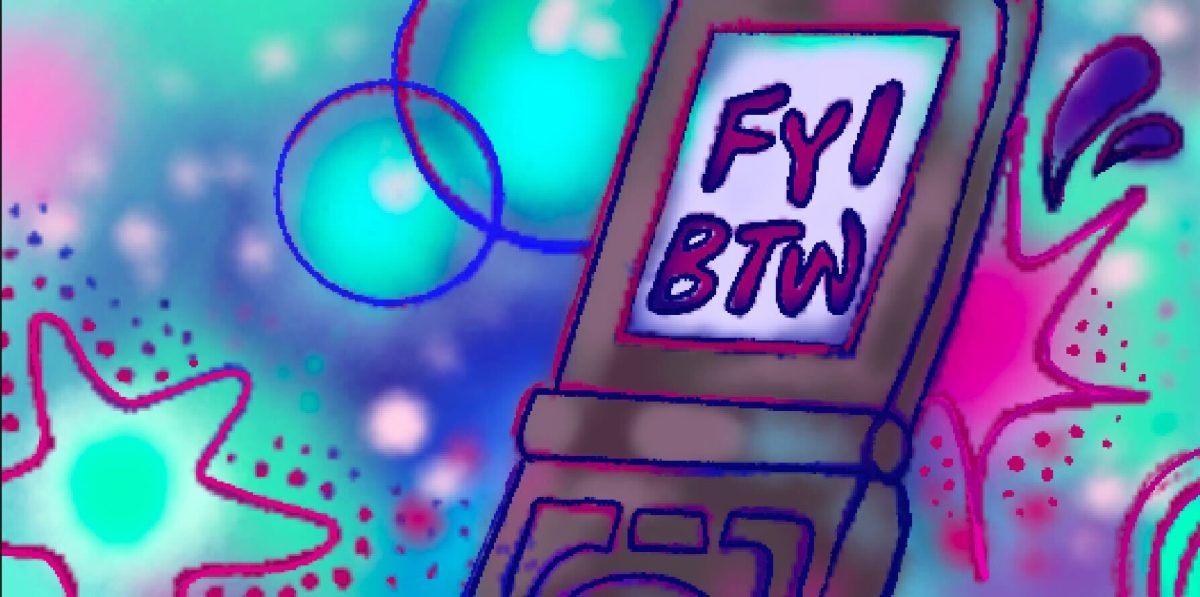Caroline Foley talks art, animation, and the industry at UC San Diego.
“We weren’t expecting this many people!” the A.S. Concerts & Events employee quipped as I glanced at the line at the entrance of The Loft. 150 cartoon-lovers waited eagerly to see Caroline Foley — director, animator, writer, and character designer — known best for her work on “Rick and Morty,” “BoJack Horseman,” and “Toasty Tales.”
After we packed ourselves into the space, Foley began the talk by introducing herself and her journey into animation. She recalled drawing constantly, creating characters in her head and bringing stories to life, yet she didn’t decide to be an animator until she watched behind-the-scenes clips of “The Lion King.” She went on to study at CalArts, receiving her BFA with a focus in stop-motion and 2-D animation. Getting her start at RingTales Cartoons animating shorts for The New Yorker, Foley soon began working again with stop-motion for “Robot Chicken,” and later with 2-D animation for “BoJack Horseman.” In 2013, she joined the “Rick and Morty” team and went on to co-create the pilot for “Toasty Tales” with creative partner Thomas Borowski, leveraging her two first loves — stop motion and 2-D animation — into one show. She told us that she’s looking to “inspire everybody to hopefully find their path in life and career in animation, because it feels really good.”
Sharing several videos of her work developing from pen scratches to elaborate designs, detailing the nitty-gritty parts of pitching a show (“Get a lawyer!”), and projecting a slideshow called “Caroline’s Guide on How to Create Fun Characters For Your Hit Cartoon Show!” Foley spoke truthfully and candidly about the highs and the lows of the field, giving concrete strategies to budding animators as well as nuggets of wisdom and encouragement. In this way, Foley was able to impart knowledge and vocalize her message — being an animator is not this idealistic, far-off career of which one can only dream. It’s a job, and it’s a cool job that you too can have.
As Foley delved further into her passions, it was clear she had a soft spot for unconventional animation. “I love animating trippy things!” she laughed, segueing into her work at “Rick and Morty.” “Never thought in my career I could animate trippy stuff for TV.” We watched as she played a few clips of the “trippy” sequence she animated in season three of “Rick and Morty.” The first clip had rough lines, swirling around into different shapes, characters, and objects. “It’s really messy, but you get the feeling of movement,” she mused.
The clip evolved on the screen, and, as the lines cleaned, shapes colored and world realized, we all slowly, yet intensely, fell under Foley’s spell. In this sense, Foley is a magician, creating an optical illusion to animate a movement-driven scene. “Nothing’s really moving … it’s totally a mind trick and it works,” she laughed as Morty’s face turned into a psychedelic vortex on the screen beside her.
Of course, Foley’s rule-breaking extends beyond her work at “Rick and Morty.” Foley’s animated cartoon for kids, “Toasty Tales,” revolutionizes animation by bringing together two distinct worlds — stop motion and 2-D animation. “Nothing really exists on the scale we made this” she beamed, flipping through clips and screengrabs from her Amazon pilot episode. Foley discussed her journey with “Toasty Tales” at length, particularly with regard to character design and development. “I wasn’t a typical girl growing up,” Foley began, introducing one of the show’s titular characters, Waffle. “I didn’t play with Barbies and that kind of stuff … and Waffle is a reflection of me, so it’s important that her character design reflected that.” Waffle was designed to “break the mold” of the typical female character — actively created to avoid the stereotypical traits female animated characters often have, such as a dress, long eyelashes or a waistline. Pointing to examples such as “Robots the Movie” and “Inside Out,” Foley notes that the men are really interesting characters — they look like monsters or aliens — but the women don’t have any unique structure or design. They just look like “feminine” people.
Foley’s push for female character representation parallels her efforts to increase representation of women working in animation. According to Foley, 65 to 75 percent of students studying animation in college are women — yet women make up only 25 percent of animators in the industry. This is why she joined Women in Animation, a non-profit organization with the goal of furthering, supporting and promoting female animators. The organization’s mission is to make the animation industry 50-percent female by 2025. Throughout the talk, Foley made it her focus to empower future female animators, stating that there are very few women in leadership roles and hosting public talks. “Women are not seen as natural-born leaders,” she told a young woman who asked what Foley would have wanted to know as a woman in college pursuing animation. “So if you want to move up, you have to go after it and prove yourself.” Foley recounts a story from her early work directing in a small studio — except no one called it “directing” or referred to her as a director. “When these situations present themselves, don’t be afraid to speak up,” she says, calling all the future animators of the room to never lose faith in their passion. “You might have to navigate yourself a little bit, but you’ll get there. I am proof.”
Caroline Foley’s inspiring words, helpful advice, and endless passion for storytelling and animation made the night truly memorable for all the cartoon-creators and cartoon-lovers crowded in the room. As her story reminds us, a career in animation is not so far out of reach — so long as you’re willing to break the mold.
Learn more about Caroline Foley and her work at carolinefoleyanimation.com.
Illustration Courtesy of Caroline Foley


